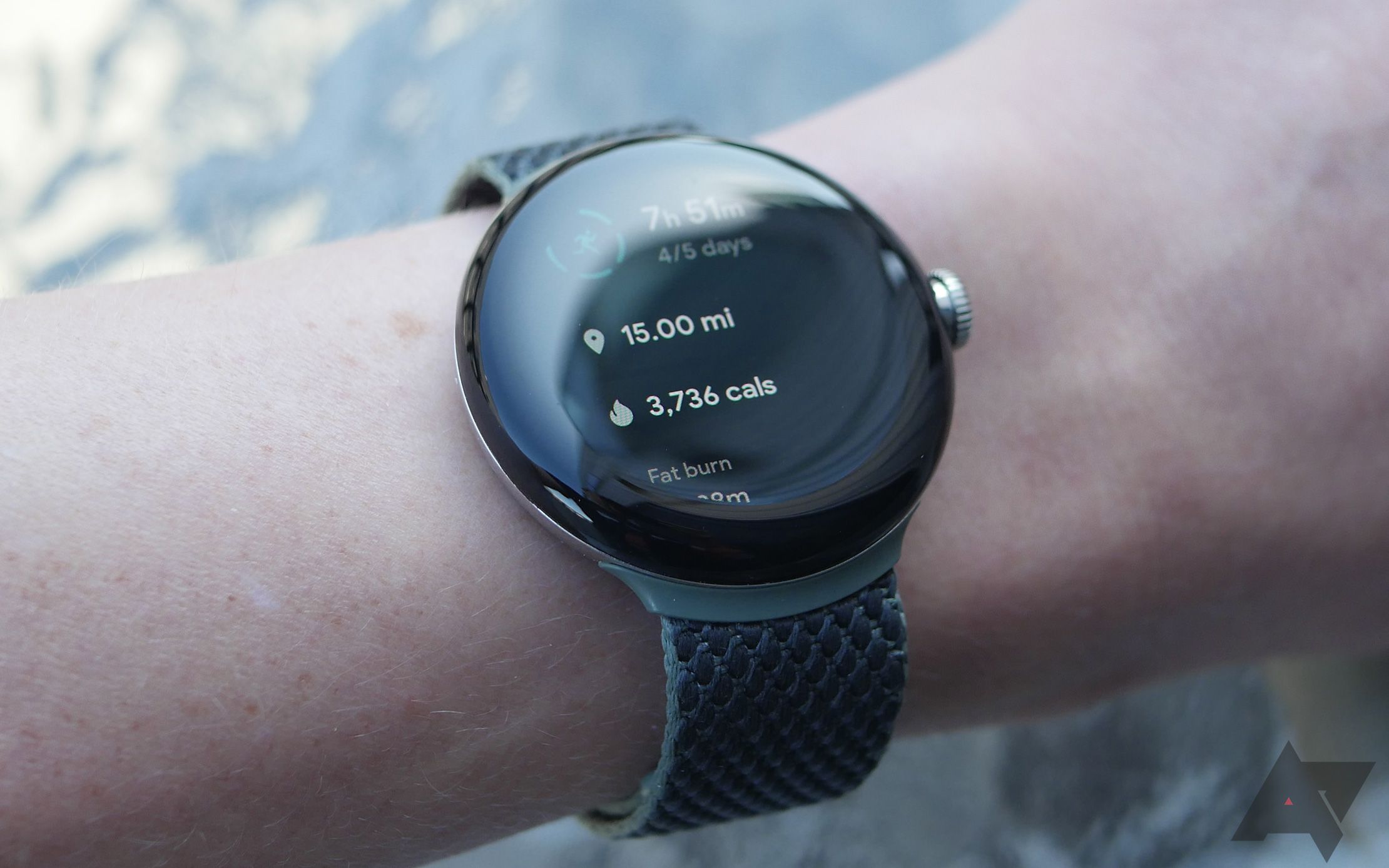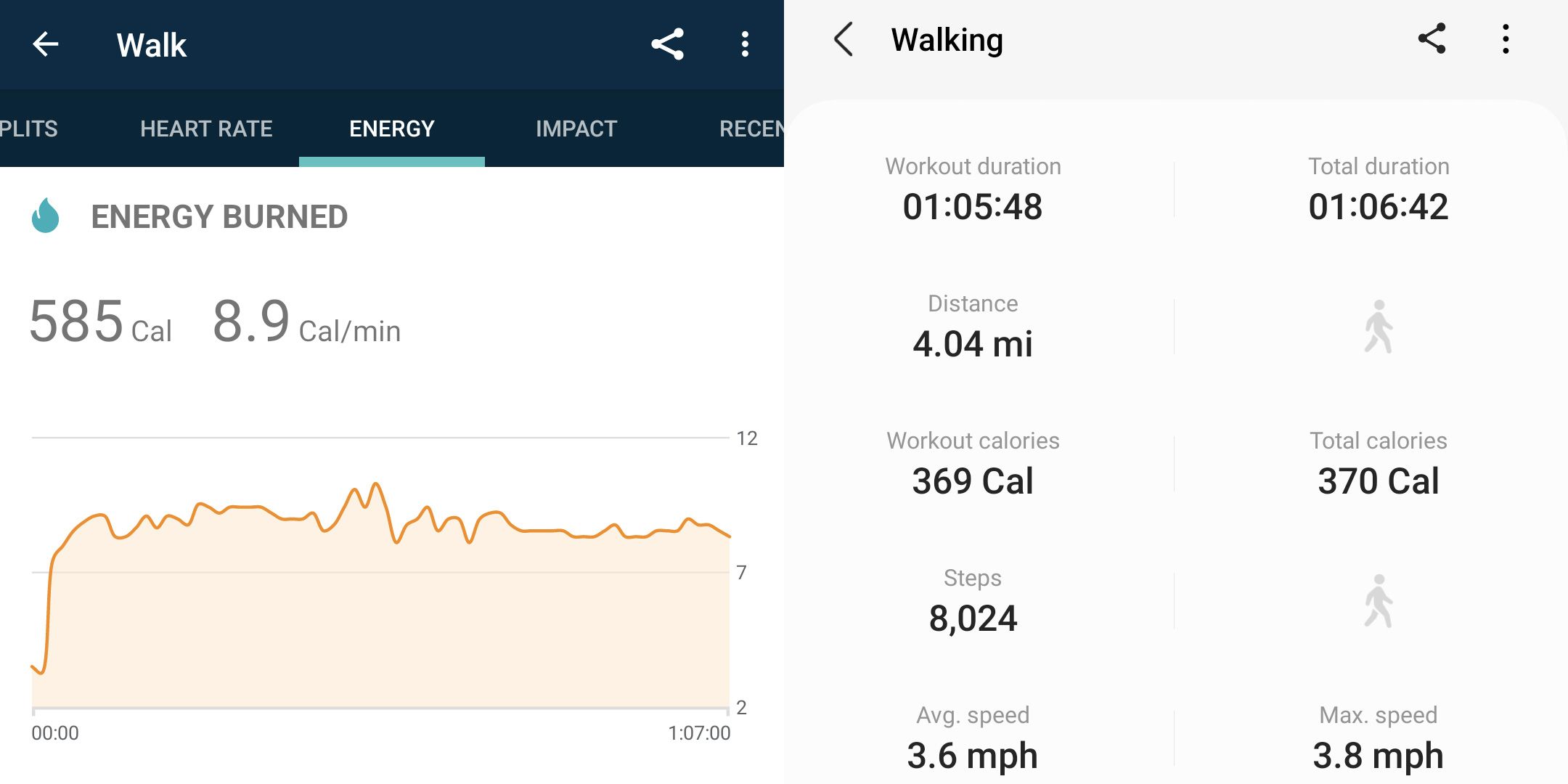Read update
- New info from Google
With the Pixel Watch, Google is understandably leaning really hard into its Fitbit ownership, making that service a prominent part of the wearable and its health features. Fitbit instantly brings the smartwatch some valuable brand recognition, but it's also a name that carries with it certain expectations, occupying such a premium spot in the market. But are new Pixel Watch users getting an experience that lives up to Fitbit's reputation? We took our concerns about the calorie data being reported by the Pixel Watch and Fitbit app to Google to find out.
As new Pixel Watch owners started using their hardware, some were quick to notice that the wearable's Fitbit software showed caloric counts significantly higher than their expectations. Multiple members of the Android Police team observed similar behavior. Personally, for certain activities I was seeing Fitbit on the Pixel Watch give me caloric estimates that were a solid 50% higher than what I got with Samsung Health and the Watch 4 — I've even worn one on each wrist to compare directly, and found the same gulf between what they report.
Calorie reports from Pixel Watch + Fitbit (left), Galaxy Watch 4 + Samsung Health (right)
No smartwatch or fitness tracker measures calories directly. Instead, they gather data like steps taken, your heart rate, and maybe distance traveled via GPS, and combine that with information you provide about your physical makeup: height, weight, gender, age. Turning that into a convenient number like “calories burned” requires a little bit of algorithmic magic, so it's understandable that there would be a certain amount of disagreement across platforms.
We've been concerned, though, that the scope of what we were seeing with the Pixel Watch, and the scale of its deviation, seemed outside the norm. Speaking to Google about our observations, we learned that the Watch team is aware of this bug, and advised users that a reboot should help resolve the issue.
As it turns out, we seem to be looking at two separate situations here: a bug that affects how Fitbit software calculates your basal metabolic rate — how many calories you burn simply by existing — and the issue of calorie expenditure from a workout seeming higher than expected. The former is an actual problem, and the one that restarting the Pixel Watch should address. Google tells us that the software often started out with incorrect user biographical info, and could make calculations based on the wrong age and gender until a reboot cleared things — and an update should ultimately remove the need to do even that.
As for the workout figures not matching what we saw from other fitness ecosystems, well, apparently that really is just a matter of different algorithms. Like we said, there is a ton of interpretation going on here, and we may just have to accept that no one's figures are going to be completely accurate, nor align with each other's. What's probably more important is that they do appear to be internally consistent, and the longer you use the Pixel Watch and Fitbit, the more useful, actionable information you'll get from their reports.
While that makes things slightly more complicated for anyone using wearables like this as part of a rigorous dieting plan, it's probably not the deal-breaker we initially feared it was.
UPDATE: 2022/11/08 18:40 EST BY STEPHEN SCHENCK
New info from Google
This post has been updated, following a discussion with the Pixel Watch team.


